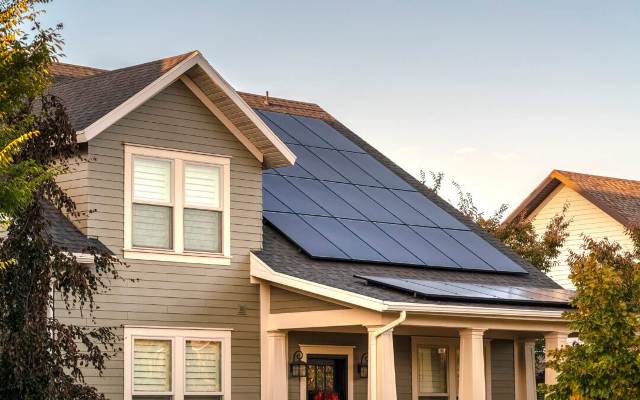The US residential solar installation industry is preparing for a slowdown this year due to a subsidy cut in California, the sector’s largest market, Reuters news report said.
For over a decade, this subsidy has fueled explosive growth in the rooftop solar installation industry. The policy change will reduce the money credited to rooftop solar owners for sending excess power to the grid.
Some of the critics have argued that the perk is unfair to those without rooftop solar PV panels. The reform threatens California’s efforts to decarbonize the grid by 2045 by slowing installations, according to solar companies.
California regulators believe that the reform will boost power reliability by encouraging homeowners to buy batteries that store clean power on-site. California is responsible for 38 percent of the United State’s residential solar capacity, and more than 1.5 million homes in the state have solar panels. This makes the state a critical market for installers like SunPower and Sunrun.
California’s reform will compensate those who sign up for solar panels for power their systems send to the grid at a rate based on what the utility spends on buying clean electricity elsewhere. Currently, solar owners receive credit at or near the higher full retail rate. The policy change will increase the payback period from the current three to five years to about nine years, according to the California Public Utilities Commission.
EnergySage, an online solar marketplace, said the number of buyers on its platform rose 500 percent in the first quarter, ahead of the policy’s implementation.
The US residential solar market is expected to rise 7 percent this year, according to the Solar Energy Industries Association (SEIA). SEIA also anticipates a 3 percent contraction next year as California installations slide 38 percent. Nationwide growth is expected to remain in the single digits through 2027, according to SEIA.
The incentives for battery storage provided by the new policy are expected to boost sales of residential solar systems, which can cost $10,000 or more to install. SunPower CEO Peter Faricy believes that more than 40 percent of solar installations in California could be paired with storage within a few years. By adding batteries, homeowners can reduce the nine-year payback period to two to four years.
California Solar & Storage Association Executive Director Bernadette Del Chiaro called the transition difficult.
Residential solar installers are already grappling with higher interest rates that cut into the value of financed systems, and tighter available credit. Analysts from CFRA Research and Roth Capital have predicted consolidation in the rooftop market this year.
Installer Better Earth, which operates in California, Arizona and Florida, said sales are up around 30 percent this month, but the company is not sure what to expect beyond that. “It’s going to be a new reality and nobody knows what that reality will look like,” Jeremy Nicholson, vice president of inside sales at installer Better Earth, said.
Kunal Girotra, CEO of battery storage company Lunar Energy, said adding batteries can shave two to four years off of the nine-year payback period for solar systems under the new policy.

